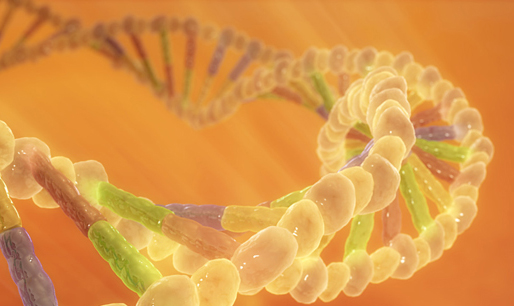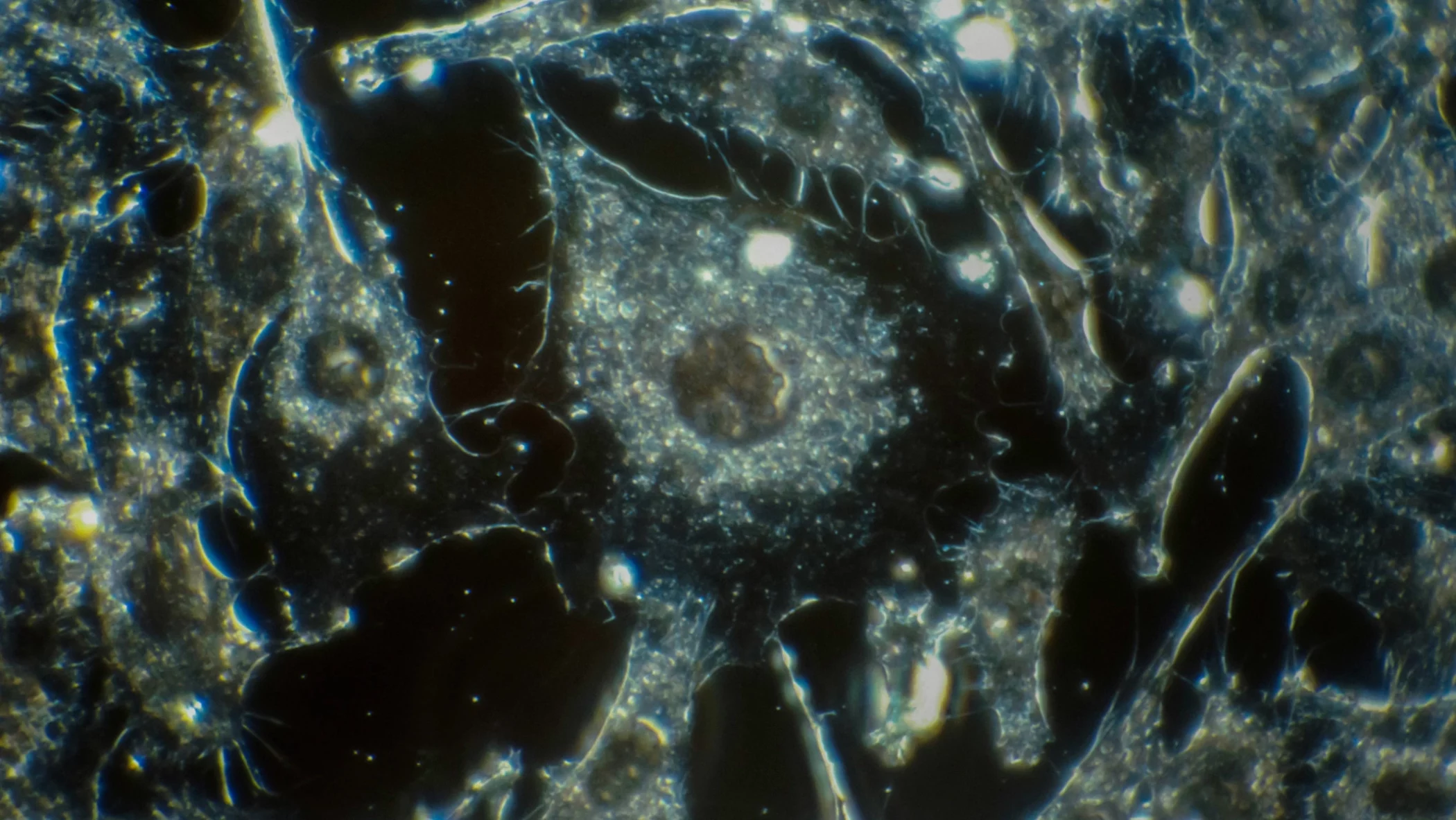A new method which streamlines the design and construction of synthetic membrane pores could improve a range of scientific processes, including speeding up the development of new drugs, and enabling more efficient disease diagnosis through DNA sequence detection.
The new approach, which uses self-assembling DNA building blocks to build artificial gateways through cell membranes, provides a simple and low cost tool for synthetic biology. Details of the technique were published earlier this week in the journal Angewandte Chemie.
Membrane pores control the transport of essential molecules across the otherwise impermeable membranes that surround cells in living organisms. Typically made from proteins, pores of different sizes control the flow of ions and molecules both and in and out of the cell as part of an organism’s metabolism.
In future, this new process will enable us to tailor DNA pores for a much wider range of applications than were previously possible.
Dr Ulrich Keyser
The ability to create synthetic channels through cell membranes enables numerous applications in the life sciences, including sequence-specific DNA detection, which makes the prediction and diagnosis of disease more efficient, and individualised treatment more affordable.
Tailored pores can also aid in the development of new drugs. Prototype drugs are typically designed to affect a biological target, but are not engineered to cross the cell membrane. Self-assembled pores provide a route for drugs to pass into cells, enabling much faster pre-clinical screening for activity.
Our understanding of membrane pores originates from the study of both natural pores, and from equivalent structures built in the lab by synthetic biologists. However, synthetic proteins are notoriously difficult to handle due to the complex and often unpredictable ways in which their structures can fold. Even minor misfolding changes a protein’s properties, meaning that building synthetic pores out of proteins can be risky and time-consuming.
A more straightforward approach to membrane pore synthesis is so-called ‘rational engineering’ using Lego-like DNA building blocks. DNA strands are chemically much simpler than proteins, and are far easier and more predictable to work with than proteins, making them useful material for designing nanoscale structures in the lab.
“DNA is a construction material that follows very simple rules,” said Dr Stefan Howorka of University College London, who developed the technique with colleagues from the University of Cambridge and the University of Southampton. “New nanostructures can be easily designed using a computer programme, and the elements fit together like Lego bricks. So we can build more or less whatever we like.”
Using this approach, the team built a tube measuring just 14 nanometres long and 5.5 nanometres across (around 10,000 times smaller than the width of a human hair), which formed the main part of their artificial nanopore. However, in order to insert the tube into a cell membrane, a key challenge had to be addressed: the water-soluble DNA nanostructure will not embed itself into the greasy lipid membrane.
To overcome this, the researchers chemically attached two large anchors, made of molecules which have a natural affinity for lipids, to the DNA tube. The anchors, based on naturally-derived porphyrin molecules, were used to embed the tube into the membrane. In addition, the researchers chose a fluorescent molecule as the chemical core of the structure, making the artificial pores individually visible under a microscope, and much easier to study.
The simplicity of self-assembling a structure with only two anchors (previous studies used 26 or even 72 such anchors) greatly streamlines the design and synthesis of nanopores.
“In future, this new process will enable us to tailor DNA pores for a much wider range of applications than were previously possible,” said Dr Ulrich Keyser of the University’s Cavendish Laboratory, who worked with the teams at UCL and Southampton to develop the new technique.
The researchers are currently investigating how neurons and other cells can be influenced with their DNA pores to replace selective ion channels. The flexibility of this approach, combining the chemical modification of nucleic acids and single-molecule characterisation holds huge promise to speed up the development of artificial ion channels that can enable cell control as well as replace defective ion channels.
Tags: anchors, disease, DNA, membrane, molecules, Stefan Howorka, ulrich keyser











